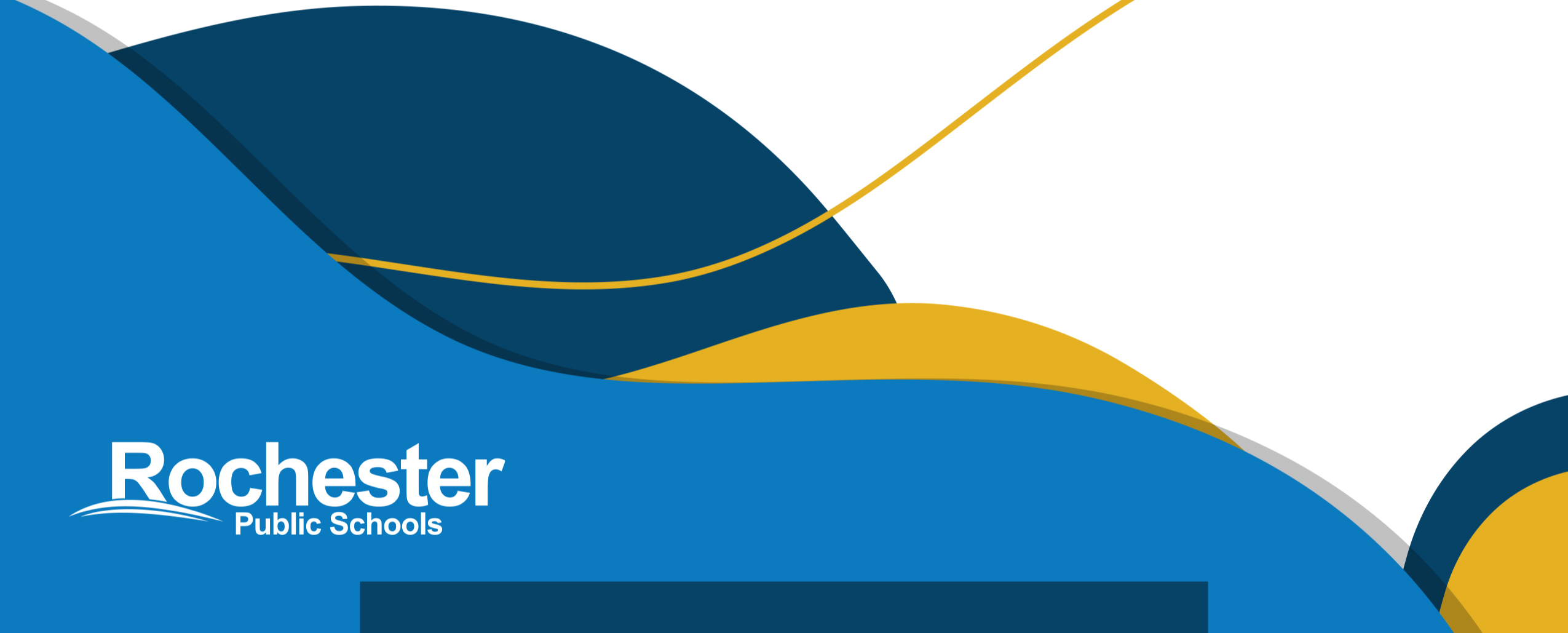For RPS’ purposes, summative is defined as evaluating a student’s learning at the end of an instructional unit by comparing it against some standard or benchmark.

Changes to Grading to RPS
The adjustments to grading practices in RPS that are outlined here were informed by the recommendations of a working group that met during the fall of 2022 and a district wide survey of teachers and administrators that was conducted in the spring of 2023.
These changes apply to middle and high school students only.
Parameters for Determining Final Grades
Individual teachers have the flexibility to determine the percentage that each of the following components counts toward the final grade in each course they teach within the following parameters:
Summative Assessments: Student performance on summative assessments must count for between 70-100% of the final grade. Examples of summative assessments include but are not limited to final tests, final projects, final papers, and final performances.
Formative Assessments: The quality of student work on formative assessments that are completed during class must count for between 0-10% of the final grade. Examples of formative assessments include but are not limited to quizzes, observations, checking student notes, and exit tickets.
Homework: Completion of and/or the quality of work on homework done outside of class must count for between 0-10% of the final grade. Examples of homework include but are not limited to reading and answering questions on the text, completing problem sets, completing worksheets, and engaging in learning activities on educational software platforms, and conducting and summarizing research.
Class Participation: The quality of participation in activities that take place during class time must count for between 0-10% of the final grade. Examples of class activities include but are not limited to lab experiments, projects, group work, performances, role plays, discussions, games, and presentations.
Summative Assessment
Formative Assessment
For RPS’ purposes, formative is defined as monitoring a student's learning to provide ongoing feedback that can be used by teachers to inform their teaching and by students to improve their learning.
Retakes
Students must be given the opportunity to retake a summative assessment one time.
Teachers have the option to allow students to retake a summative assessment more than once but
are not required to do so.
The highest score that the student receives on the two summative assessments will be included in
the final grade.
Students must be given two weeks following the date that the summative assessment was taken or
turned in to retake or redo the summative assessment.
Teachers have the option to give students longer than two weeks following the date that the
summative assessment was taken or turned in to retake or redo the summative assessment but are
not required to do so.
Before students are allowed to retake a summative assessment, they must turn in all incomplete
assignments related to the content of the assessment.
Factors that may not be counted in a student's final grade
Extra credit work that is not included in the course requirements.
The number of times a student is absent or present for the class.
The number of times a student is tardy or on time for a class.
Student actions that do not involve academic effort, such as bringing a box of Kleenex or treats.
In addition to these changes, the RPS Office of Academics will be creating a new district wide grading committee to address these procedures and ongoing grading questions.

